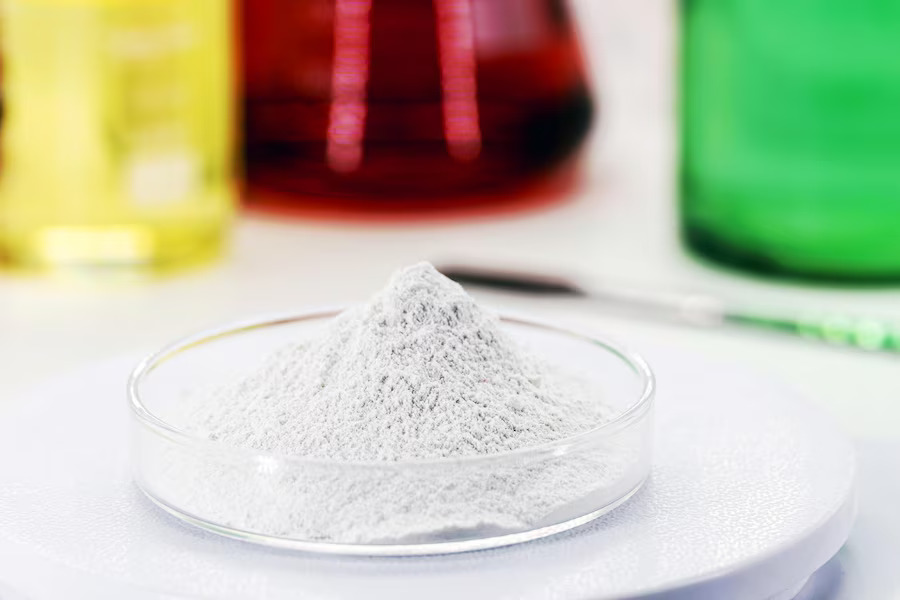Blog
What is the pKa of H3PO4? Explore Its Role in Acid-Base Reactions
When studying acids and bases in chemistry, one crucial concept to understand is the pKa of a compound. What is the pKa of H3PO4? Phosphoric acid (H₃PO₄) is a triprotic acid, meaning it can donate three protons (H⁺ ions) in a stepwise manner. Each proton donation has its own distinct pKa value, making H₃PO₄ a good example to explain how pKa affects the acidity of a substance. Understanding the pKa values of acids like H₃PO₄ is essential for various chemical applications, from industrial processes to laboratory experiments.
In this article, we will explore what the pKa of H₃PO₄ is, how it compares to other acids, and why it is important in chemical reactions.
What is pKa? Understanding the Concept
Before diving into the specifics of what is the pKa of H3PO4, it’s essential to understand the general concept of pKa. The pKa is a measure of an acid’s strength. It is the negative logarithm of the acid dissociation constant (Ka). The lower the pKa value, the stronger the acid because it indicates that the acid dissociates more easily, releasing protons into the solution. Conversely, a higher pKa indicates a weaker acid.
For what is the pKa of H3PO4, understanding how pKa values correlate with acid strength is crucial in knowing how H₃PO₄ behaves in different environments.
Phosphoric Acid pKa: Understanding Its Role and Importance
What is the pKa of H3PO4? The Three Dissociation Steps
H₃PO₄, or phosphoric acid, can donate three protons in a stepwise fashion. Each proton has a unique pKa value associated with its dissociation. These pKa values are:
- First pKa of H3PO4: The first dissociation step of H₃PO₄ involves the donation of a proton from H₃PO₄ to form H₂PO₄⁻. This process occurs relatively easily, and the pKa of this first dissociation is around 2.12.
- Second pKa of H3PO4: The second proton dissociation involves H₂PO₄⁻ donating a proton to form HPO₄²⁻. The pKa value for this step is 7.21, indicating a much weaker acidity than the first dissociation.
- Third pKa of H3PO4: The final dissociation step involves the loss of a proton from HPO₄²⁻ to form PO₄³⁻. The pKa for this step is 12.67, which shows that the acidity is much weaker in this final stage.
Each of these pKa values provides important insights into how H₃PO₄ behaves in solutions with varying pH levels.
Why is Understanding the pKa of H3PO4 Important?
Understanding what is the pKa of H3PO4 and its significance in acid-base chemistry is vital for several reasons:
- Buffer Solutions: Phosphoric acid is often used in buffer solutions, particularly in biochemical and pharmaceutical applications. By knowing the pKa values, scientists can prepare buffers that maintain a stable pH environment for reactions.
- Acid-Base Titration: Phosphoric acid is also used in acid-base titration experiments. The pKa values help chemists determine how much base is needed to neutralize the acid at different stages of its dissociation.
- Industrial Applications: In the food and beverage industry, phosphoric acid is used in soft drinks, fertilizers, and cleaning products. Its pKa values are important for controlling the acidity and ensuring the product’s effectiveness.
What is the pKa of H3PO4 Compared to Other Acids?
To understand what is the pKa of H3PO4, it’s useful to compare it with other common acids. For example:
- Hydrochloric Acid (HCl): This is a strong acid with a pKa value of around -7, meaning it dissociates completely in solution.
- Acetic Acid (CH₃COOH): Acetic acid has a pKa value of 4.76, which is higher than that of phosphoric acid’s first dissociation but lower than its second.
Phosphoric acid’s ability to donate protons in a stepwise fashion and its relatively high pKa values for the second and third dissociations make it a moderate acid in comparison to stronger acids like HCl.
Factors Affecting the pKa of H3PO4
Several factors can influence the pKa values of H₃PO₄, including:
- Solvent: The pKa of acids can change depending on the solvent used. In water, the pKa values are typically lower due to the solvent’s ability to stabilize dissociation products.
- Temperature: Higher temperatures can increase the rate of dissociation, which can slightly lower the pKa values.
- Ionic Strength: The concentration of ions in solution can also affect the dissociation equilibrium, altering the pKa value.
These factors are important for understanding the behavior of H₃PO₄ in different chemical environments.
How to Use pKa Values in Chemical Calculations
Knowing what is the pKa of H3PO4 is essential for performing chemical calculations involving pH, acid strength, and buffer solutions. By using the pKa values, chemists can calculate the pH of a solution based on the concentration of acid and conjugate base. The Henderson-Hasselbalch equation is commonly used in this regard, and it relies heavily on the pKa of the acid in question.
Practical Applications of H3PO4 and Its pKa
In addition to its use in industrial and laboratory settings, the pKa of H₃PO₄ has several practical applications:
- Fertilizers: Phosphoric acid is a key ingredient in fertilizers, and its pKa values help determine how it behaves in the soil.
- Food Industry: Phosphoric acid is used as an acidulant in sodas and other beverages. Understanding its pKa helps control the drink’s acidity and taste.
- Pharmaceuticals: In the pharmaceutical industry, phosphoric acid is used in the synthesis of various compounds, where its pKa plays a role in determining reaction conditions.
Conclusion: What is the pKa of H3PO4?
In summary, what is the pKa of H3PO4? Phosphoric acid has three dissociation steps, each with its own pKa value. The first pKa is 2.12, the second is 7.21, and the third is 12.67. These values help understand the acid’s behavior in chemical environments, buffer solutions, industrial uses, and reactions.
Follow us on Facebook!

